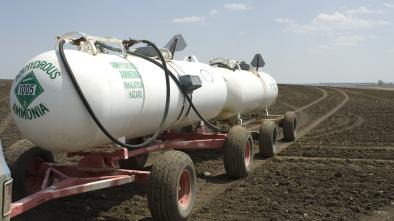Science Source
How spatially coherent and statistically robust are temporal changes in extreme precipitation in the contiguous USA?
- States that century-long precipitation records from stations in the contiguous USA indicate an increased frequency of rainy days over the past century and some evolution in the probability distributions of precipitation amount
- Finds there is substantial variability in terms of the magnitude, significance and sign of the linear trends with specific metrics, and they are sensitive to recording bias of light precipitation events in the early part of the 20th century
- Finds that the majority of stations that exhibit significant linear trends show evidence of increases in the intensity of events above the 95th percentile
- Finds that the largest trends towards increased annual total precipitation, number of rainy days and intense precipitation (e.g. fraction of precipitation derived from events in excess of the 90th percentile value) are focussed on the Central Plains/northwestern Midwest
Related Content
Science Source
| Estuaries and Coasts
Modeling the Population Effects of Hypoxia on Atlantic Croaker (Micropogonias undulatus) in the Northwestern Gulf of Mexico: Part 2—Realistic Hypoxia and Eutrophication
Kenneth A. Rose, Sean Creekmore, Dubravko Justić et al
Headline

Aug 21, 2017 | NPR.org
Can Anyone, Even Walmart, Stem The Heat-Trapping Flood Of Nitrogen On Farms?
Headline

Aug 21, 2017 | The Guardian
Meat industry blamed for largest-ever 'dead zone' in Gulf of Mexico
Headline

Aug 21, 2017 | NCCOS News and Features
Hypoxia Leads to Atlantic Croaker Decline in Gulf of Mexico, Models Show


